Found 10 movies, 1 TV show, and 0 people
Can't find what you're looking for?
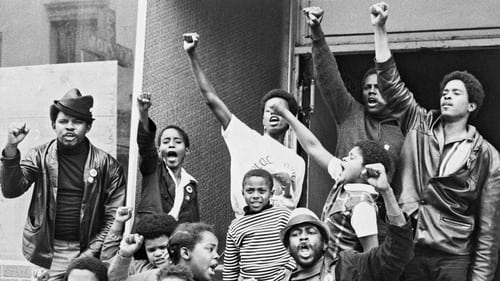
Produced in collaboration with Malcolm X and narrated by Ossie Davis, this call to arms layers revolutionary text from multiple sources with gritty, shot-on-the-streets-of-New York footage of African-American struggle. A forgotten masterpiece from radical filmmaker, theorist and founder of Cinéma Éngagé, Édouard de Laurot.

Starting from a failed Black Panther Party convention (in Washington D.C., November 1970) for a constitution based on their 10-point programme, the film analyses the social condition of black communities. It shows especially the self-help of the blacks in their fight against social repression.
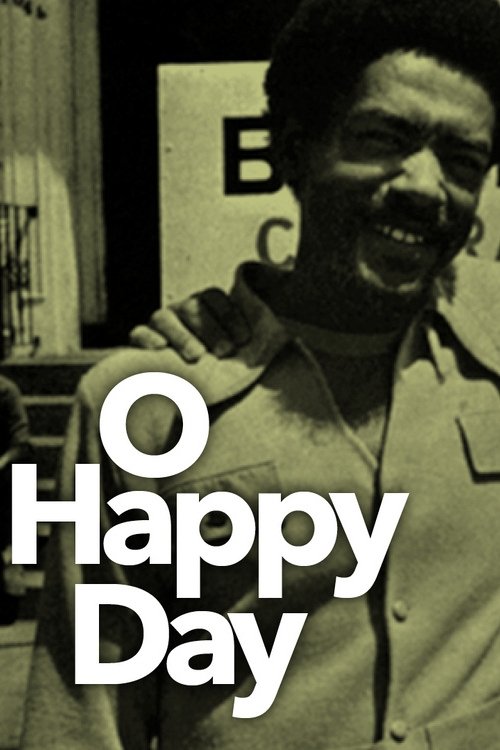
The seminal short film O Happy Day imagines the early days of gay liberation for black gay men. Lofton juxtaposes images of black men from late 60s and early 70s films with images of Black Panther Party demonstrations, as a way of intentionally revising history. The soundtrack is punctuated by a 1970 quotation from Black Panther leader Huey Newton: "There's nothing to say that a homosexual cannot also be a revolutionary. Quite on the contrary, maybe a homosexual could be the most revolutionary..." O Happy Day blurs the difference between the Black Power movement and the Gay Power movement, and instead focuses on the similarities between the two.

Legacy of Torture chronicles a case that began in 1971 when thirteen alleged “Black militants” were arrested and tortured to obtain confessions. In 1975, a Federal Court in San Francisco threw out all of the evidence obtained in New Orleans. 34 years later, in 2005, two lead San Francisco Police Department investigators from over 30 years ago, along with FBI agents, have re-opened the case. Rather than submit to proceedings they felt were abusive of the law and the Constitution, five men chose to stand in contempt of court and were sent to jail. They were released when the Grand Jury term expired, but have been told by prosecutors that "it isn't over yet."
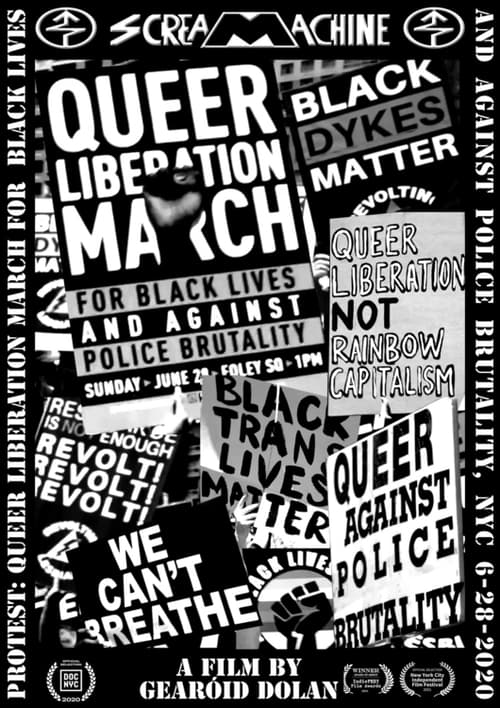
A study of the pageantry and actions of LGBTQ+ and BLM protesters in New York City as they protest for their rights

It covers the activities of Malcolm X University in Durham, North Carolina (which operated for only three years), but above all devotes an entire segment to the Black athlete, focusing on an episode at the University of Wyoming, where 14 football players were suspended after attempting a protest against the rival team’s religious and racial views, the Brigham Young University. The 1960s black student movement at Duke University evolved into a separate institution to study and engage with the history and culture of the African diaspora. This film was produced for the National Educational Television (WNET) Black Journal.
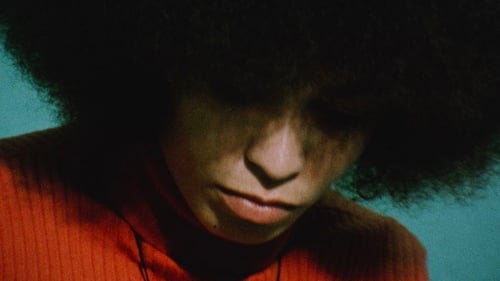
Examines the evolution of the Black Power Movement in US society from 1967 to 1975. It features footage of the movement shot by Swedish journalists in the United States during that period and includes the appearances of Angela Davis, Bobby Seale, Huey P. Newton, Eldridge Cleaver, and other activists, artists, and leaders central to the movement.
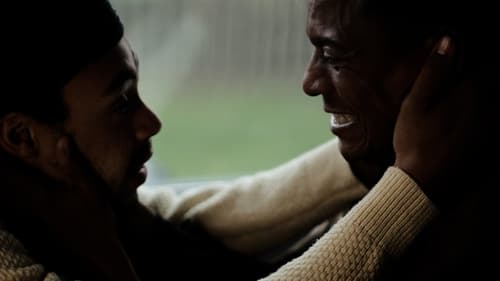
Two brothers, separated by time and prison bars, reestablish contact. Inspired by James Baldwin's short story, 'Sonny's Blues.'
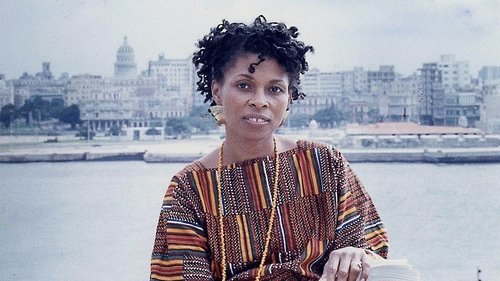
"Eyes of the Rainbow" deals with the life of Assata Shakur, the Black Panther and Black Liberation Army leader who escaped from prison and was given political asylum in Cuba, where she has lived for close to 15 years. In it we visit with Assata in Havana and she tells us about her history and her life in Cuba. This film is also about Assata's AfroCuban context, including the Yoruba Orisha Oya, goddess of the ancestors, of war, of the cemetery and of the rainbow.

The story of how Everett Leroy Jones became Amiri Baraka, from his childhood to the mid '60s, is told through interviews recorded in the late '90s.